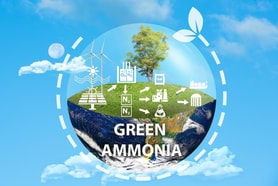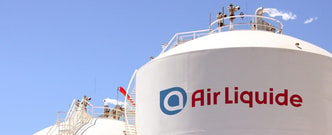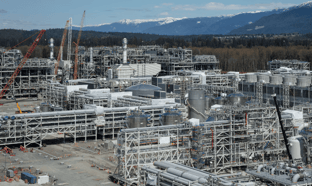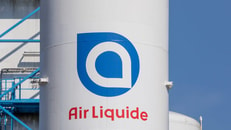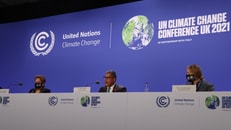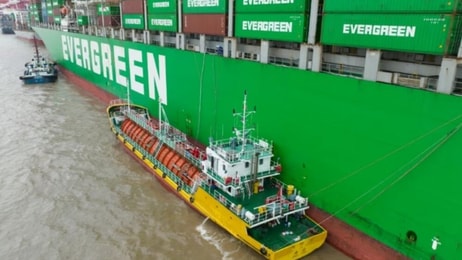Scientists transform industrial CO2 using carbon capture tech
A team of researchers from Chung-Ang University in Korea have converted carbon dioxide (CO2) into useful commercial products as part of a study that aims to advance the potential of carbon capture and utilisation (CCU).
By using chemicals to convert captured CO2 into products, it may be possible to limit global warming and mitigate its effects.
Largely limited to only about 20 conversion compounds, global CCU research must expand the scope of its range of chemical compounds, according to the research team.
Led by Professor Sungho Yoon and Associate Professor Chul-Jin Lee, the team recently published a study where they explore the utilisation of industrial CO2 and dolomite – a common and abundant sedimentary rock that is a rich source of calcium and magnesium – for the production of calcium formate and magnesium oxide.
... to continue reading you must be subscribed






